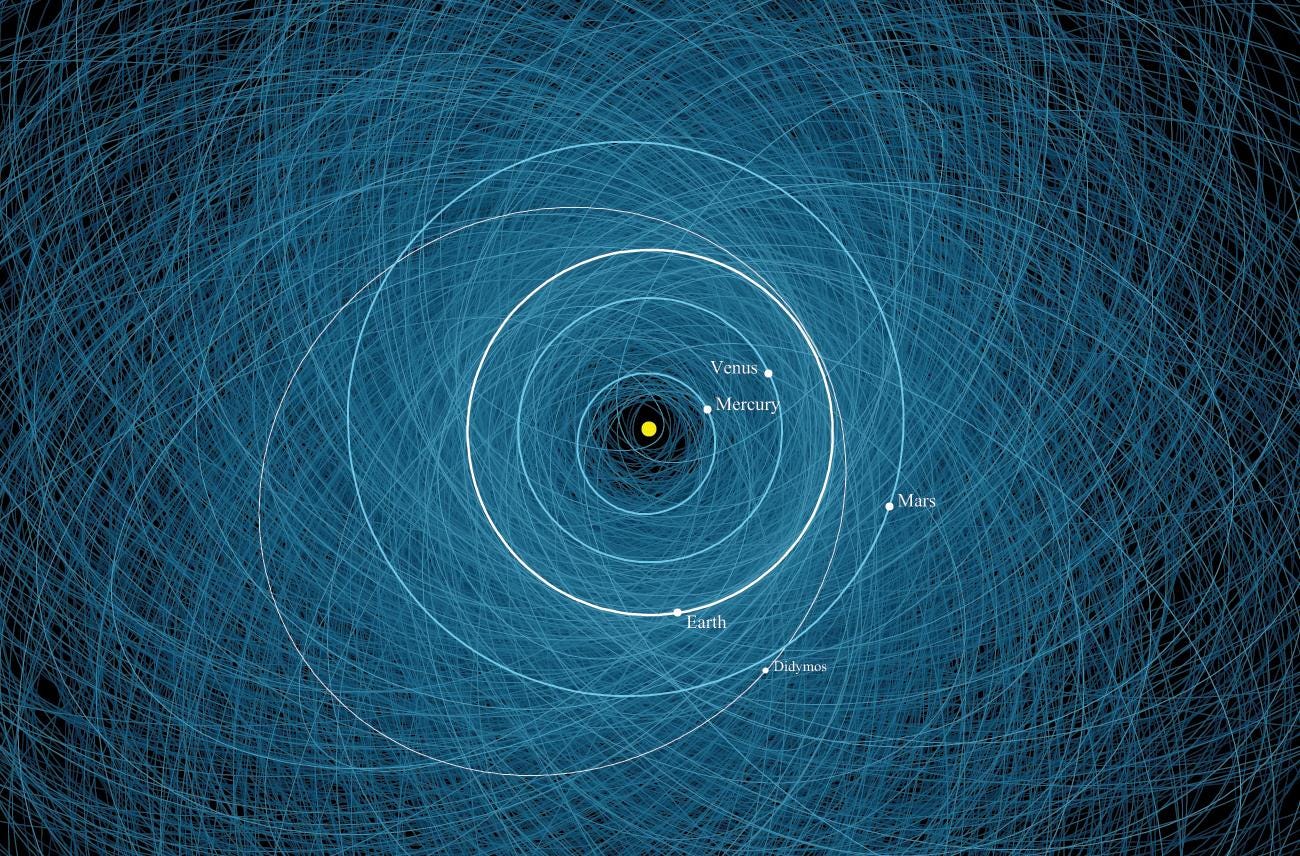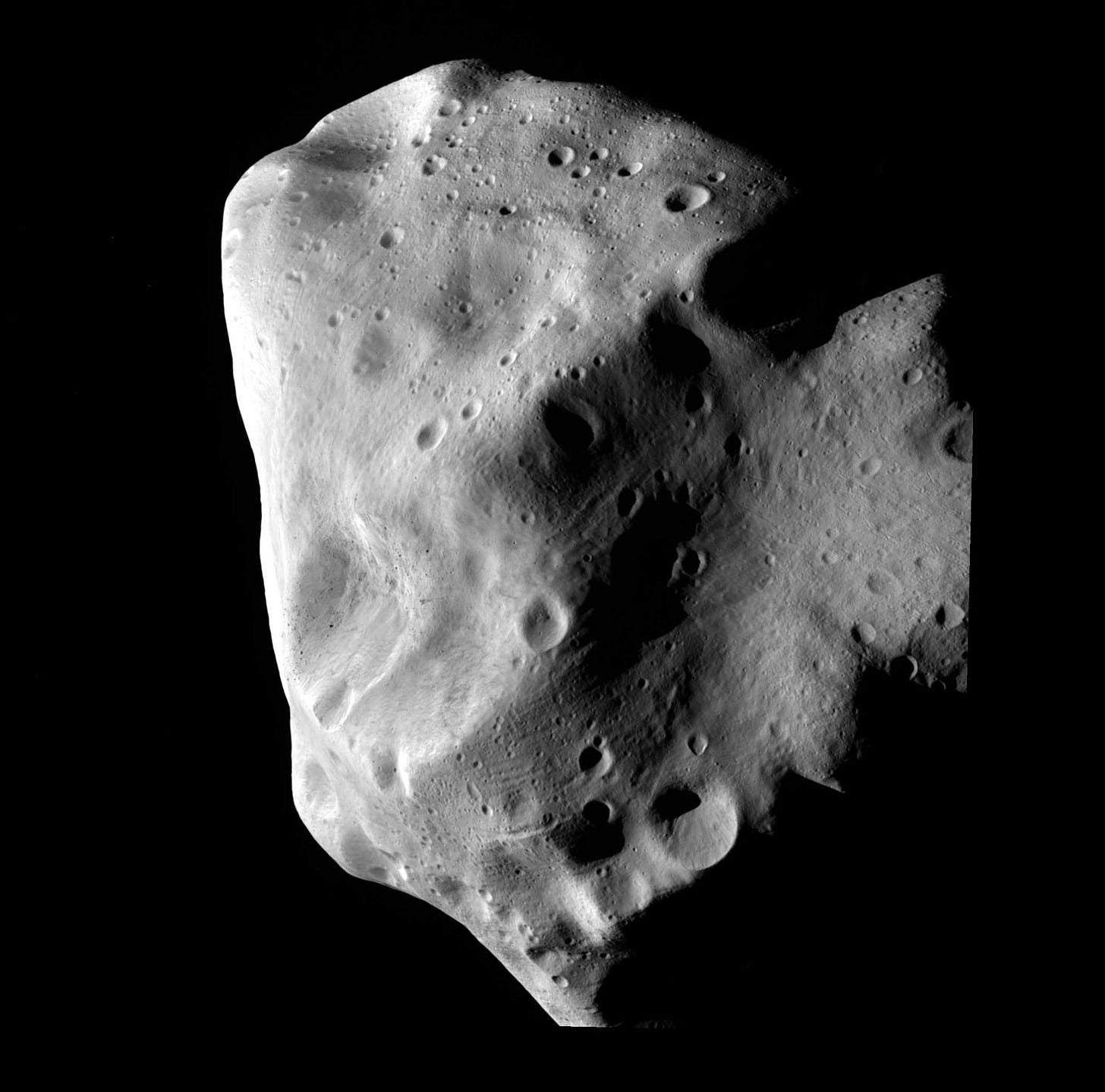Asteroid Mining: Harvesting Space Resources for the Future Economy
Asteroid mining offers a transformative opportunity to access vast extraterrestrial resources, fostering technological advancements and economic growth. This article explores the scientific and economic potential of asteroid mining, its technological requirements and the ethical and legal considerations for sustainable development. By addressing resource scarcity and enabling space exploration, asteroid mining may redefine humanity’s connection with the cosmos and its resources.
Introduction
Asteroids, remnants from the early solar system, contain abundant quantities of valuable resources such as metals, water and rare earth elements. Unlike terrestrial mining, which is constrained by environmental concerns and limited reserves, asteroid mining offers a virtually limitless supply of raw materials. Thousands of near-Earth objects (NEOs) are accessible within our solar system, with many rich in elements critical to modern industries and space exploration.
The prospect of mining asteroids is not merely science fiction. NASA and private companies, such as Planetary Resources and Deep Space Industries, have already initiated efforts to explore this frontier. A single metallic asteroid, like 16 Psyche, could potentially contain resources worth trillions of dollars. Such potential positions asteroid mining as a cornerstone for a sustainable future economy, both on Earth and in space.
Technological Foundations
The success of asteroid mining depends on advancements in several key technologies:
Asteroid Identification and Characterization
Space telescopes and robotic probes are used to survey and characterize NEOs, determining their composition, size and orbital dynamics.
Mining and Extraction Techniques
Autonomous robotics and AI-driven systems are essential for operations in low-gravity environments. Methods such as thermal fracturing, laser ablation and regolith scooping are under development to enable efficient extraction.
In-Space Resource Processing
Processing resources in situ reduces transportation costs. For instance, water extracted from asteroids can be electrolyzed into hydrogen and oxygen, creating fuel for further space missions.
Transportation and Logistics
Advances in propulsion technologies, including ion thrusters and reusable rockets, are crucial for transporting materials between asteroids and Earth.
These technologies, though in their infancy, have seen rapid progress due to investments from space agencies and private enterprises.
Economic Implications
Asteroid mining could revolutionize the global economy by addressing resource scarcity and reducing the environmental impact of terrestrial mining. Critical materials such as platinum-group metals and rare earth elements extracted from asteroids could meet the increasing demand for electronics, renewable energy technologies and advanced manufacturing.
In-space economies could also emerge, driven by the availability of resources for constructing habitats, fueling spacecraft and supporting long-term exploration missions. For instance, water harvested from asteroids could enable sustainable operations on the Moon or Mars by serving as life support and fuel. This paradigm shift would reduce dependence on Earth’s resources, enabling a circular economy in space.
Challenges and Ethical Considerations
Despite its promise, asteroid mining faces significant challenges:
Technological Hurdles: Reliable and cost-effective technologies for mining, processing and transporting materials are still under development.
Economic Viability: The high initial investment required for asteroid mining missions poses a barrier to entry and market demand for space resources is currently speculative.
Legal and Ethical Concerns: The Outer Space Treaty of 1967 prohibits the appropriation of celestial bodies, creating ambiguity about resource ownership. International collaboration and updated legal frameworks are necessary to ensure equitable and sustainable exploitation of space resources.
Additionally, there is a moral imperative to avoid repeating the mistakes of terrestrial resource exploitation. Ensuring minimal environmental impact on celestial bodies and equitable resource distribution will be vital.
Future Outlook
Asteroid mining has the potential to transform not only the space economy but also our approach to resource utilization on Earth. As humanity progresses toward becoming an interplanetary species, the ability to harness resources beyond our planet will be critical for sustainability.
By fostering advancements in technology, addressing legal and ethical concerns and promoting international cooperation, asteroid mining could usher in a new era of economic and technological innovation. This vision aligns with humanity’s broader goals of exploring the cosmos, expanding its frontiers and ensuring long-term survival in a resource-constrained world.
References
"Asteroid Mining" by Kris Zacny et al.
This paper presents results from NASA's Innovative and Advanced Concepts (NIAC) investigation for the Robotic Asteroid Prospector (RAP), exploring aspects of developing asteroid mining missions. ResearchGate
"Mining Near Earth Asteroids" by Anderson
This paper serves as a survey of proposed asteroid mining strategies, target selection and the potential impacts of successful asteroid mining. Astrobiology at GSU
"A Techno-Economic Analysis of Asteroid Mining" by Andreas M. Hein et al.
This study develops a techno-economic analysis of asteroid mining, providing recommendations for future technology development and performance improvements. arXiv
"ASIME 2018 White Paper: In-Space Utilisation of Asteroids" by Amara L. Graps et al.
This white paper focuses on asteroid composition for advancing the asteroid in-space resource utilization domain, addressing questions from asteroid mining companies.arXiv
"Asteroid Mining: ACT&Friends' Results for the GTOC 12 Problem" by Dario Izzo et al.
This paper reports on methodologies developed during the Global Trajectory Optimization Competition focused on sustainable asteroid mining.arXiv
"Mars as a Base for Asteroid Exploration and Mining" by Harvard-Smithsonian Center for Astrophysics
This article discusses the advantages of using Mars, particularly its moon Phobos, as a base for asteroid exploration and mining operations. Center for Astrophysics
"A Sci-Fi Concept That Should Become Reality: Asteroid Mining Is Coming" by Center for a New American Security
This commentary explores the economic potential of asteroid mining and the technological advancements needed to make it a reality.
"Economics of the Stars: The Future of Asteroid Mining and the Space Economy" by Harvard International Review
This article examines the economic implications and environmental benefits of asteroid mining, including its potential to provide consistent sources of clean energy.Harvard International Review
"Mining in Space Could Spur Sustainable Growth" by The World Bank
This paper provides insights into the cost trends, geology and environmental impact of mining on Earth and the potential benefits of space mining. PubMed Central
"Asteroid Mining" - Wikipedia
This comprehensive article offers an overview of asteroid mining, including its history, methods and current developments.



